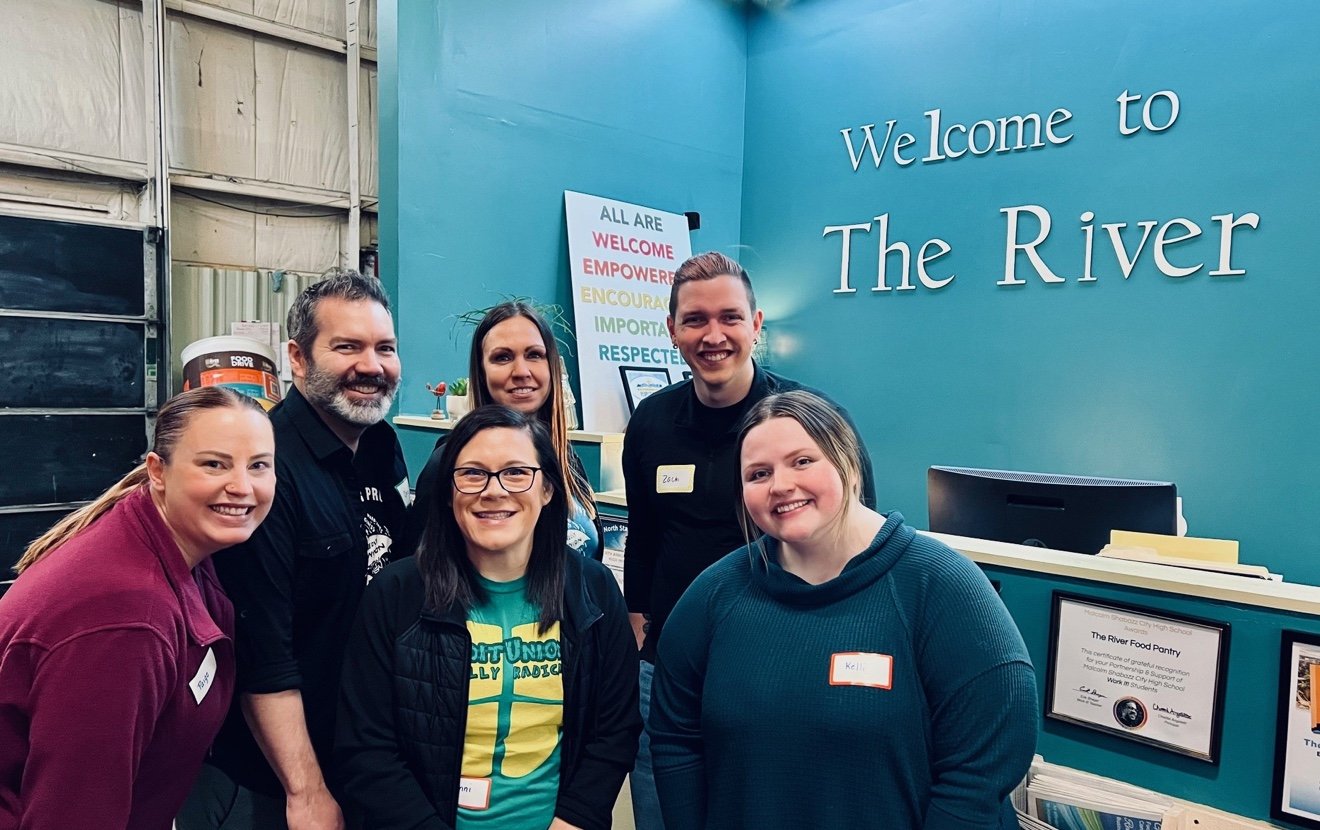I grew up in a small Michigan community, just outside a well-known city home to a world-class university. Our town had two national banks on Main Street, several doors down from each other. Over the years, a few regional and community banks also opened their doors on the fringes of town. Regardless of their size or location, every single one of these financial institutions has since changed ownership or rebranded through merger or acquisition. We had no credit unions in our town, and to this day, that fact remains—there are still no credit unions.
My first banking relationship with a financial institution of any kind was with a national bank, and that remained true for much of my adolescent years into adulthood. My mom, a now long-retired public school teacher, had a relationship with a credit union by nature of her profession. It was where her paycheck was deposited. From time to time, we'd make the drive to a very inconvenient location to stand in line at a dated branch to withdraw or transfer funds, or on some special occasions, we'd pay a special visit to get those highly-coveted discount theme park tickets to fuel our summer fun.
This "weird bank" was just that—a bank by a different name. An uncomfortable and dated shared branching facility on the far reaches of an area we rarely ventured. By all accounts, the comfort and convenience offered by the national banks right in our town should have steered me to seek that familiarity and experience as I came into my own.
Throughout college, I maintained my banking relationship with a national bank. As a student, you can also imagine, I may have overdrawn my limited funds here and there, and navigated the uncomfortable result of an overdraft fee. While the convenience of a widely available ATM network seemed promising, the fees began to add up, chipping away at my already modest budget and adding unnecessary stress.
By all conventional measures, despite occasional minor inconveniences, I should have been a lifelong banking client—a sentiment echoed by many family and friends. After all, my marketing degree suggested a perfect fit with the unparalleled financial services experience from a multibillion-dollar national bank. They offered everything: a welcoming introduction, consistent engagement regardless of location, and the ubiquitous convenience of their branded ATM network.
Through some good fortune and through the graces of some even better people, I landed a post-college role at a technology-focused credit union service organization (CUSO). Stepping into the CUSO, I was immediately struck by its different, yet welcoming atmosphere. There, I found a collaborative environment where people were genuinely passionate about their roles and helping credit unions thrive.
My initial understanding of a credit union began to forever change. I started to learn that credit unions are not just banks with a different name, but rather member-owned cooperatives with a focus on people over profit. Suddenly, the “weird bank” of my childhood started to make a little more sense, though the physical experience was still far from ideal. I became deeply curious about how this alternative financial model operated, and how it could offer a fundamentally different experience to its members.
This CUSO also happened to be the service corporation of our state league, and for a period of 16 years, I transitioned between organizations, each time elevating myself into a new role. Over that duration, which in and of itself could be called a career, I had the chance to engage countless credit unions and credit union personalities across a number of initiatives, products, and services, all with the intended outcome of strengthening their service and growth trajectory. The core purpose of my work, as I understood it, was empowering the financial lives of people from all walks of life. While this resonated with me, it also resonated with my upbringing and what I understood to be a manifestation of that community-focused, neighborly mentality of helping others.
During those years, I witnessed firsthand the transformative power of the credit union model. I saw how member-centricity wasn't just a marketing slogan, but a deeply ingrained philosophy. I observed how credit unions prioritized financial education, community reinvestment, and personalized service, often going above and beyond what traditional banks offered. I saw real-world examples of the “people helping people” philosophy.
I realized that the credit union movement was not just a job, but a calling, a way to make a tangible difference in the lives of individuals and communities. This experience solidified my belief that credit unions are not just a viable alternative to traditional banks, but a vital force for positive change in our financial landscape. It also made me wonder how to get more people to realize this fact. It's been a privilege to watch the movement evolve and mature, developing a rich ecosystem of forward-thinking CUSOs to incubate and develop ideas into tangible offerings that ease pain points, to leading other industries on issues that matter like representation and diversity in executive leadership positions, all while finding new and better ways to serve members. It's inspiring.
It was on this simple premise that the service organization I now lead was founded. How do we, as a movement, effectively tell our story? How do we translate our calling into a narrative that resonates with everyone, inviting them to be a part of it?
We believe deeply that every credit union possesses a unique and powerful story. A story that transcends mere products and services, speaking directly to the core of cooperative membership. It's a narrative that connects with people's intrinsic desire for financial well-being, community connection, and genuine social responsibility.
Our focus is on helping credit unions and their service organizations discover, craft, and share these stories through compelling video content. We're convinced that video serves as the most potent medium for forging emotional connections, building unwavering trust, and inspiring meaningful action. We partner with organizations of all sizes to create videos that authentically showcase their unique value, highlight their tangible community impact, and empower their members to achieve their financial aspirations.
Reflecting on my own journey, I often ponder, “How did a curious individual with so many varied interests find a career that felt so much like home?” Regardless of the path, I feel profoundly fortunate to contribute to our collective mission and grateful for the leaders who have provided me with so many opportunities.
We must remain steadfast in amplifying the voice of the credit union movement, inspiring a new generation to embrace cooperative finance. By sharing our authentic stories, we can reshape the narrative surrounding finance, constructing a more inclusive and equitable financial system for all.







